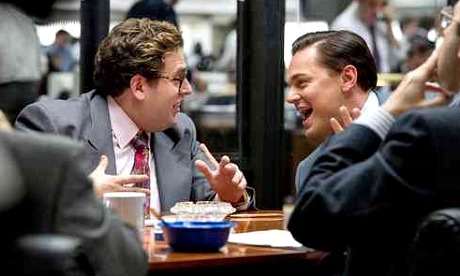I haven’t seen the majority of the nine films on the Academy’s just-announced Best Foreign Language Feature shortlist, but I know for a dead cold fact that Asghar Farhadi‘s masterful The Past, which didn’t make the cut, is a much, much better film than Thomas Vinterberg‘s The Hunt, which did make it…much.
Wong Kar Wai‘s The Grandmaster, which no one who knows anything has done cartwheels or backflips over, made the list but Haifaa Al-Mansour‘s widely praised Wadjda, the Saudi Arabian entry, didn’t? Indiewire‘s Eric Kohn must have punched the refrigerator door at least once.
Obviously a dark day for Sony Pictures Classics, the U.S. distributor of Wadjda and The Past. Life isn’t unfair — it’s infuriating.






